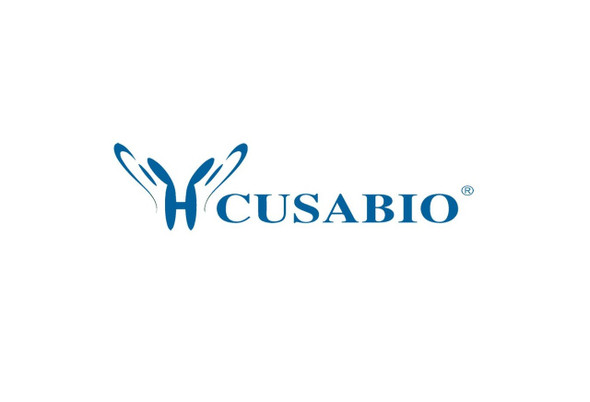Cusabio Human Recombinants
Recombinant Human Extracellular serine/threonine protein kinase FAM20C (FAM20C), partial | CSB-MP816901HU1
- SKU:
- CSB-MP816901HU1
- Availability:
- 3 - 7 Working Days
Description
Recombinant Human Extracellular serine/threonine protein kinase FAM20C (FAM20C), partial | CSB-MP816901HU1 | Cusabio
Alternative Name(s): Dentin matrix protein 4
Gene Names: FAM20C
Research Areas: Developmental Biology
Organism: Homo sapiens (Human)
AA Sequence: FISPANNICFYGECSYYCSTEHALCGKPDQIEGSLAAFLPDLSLAKRKTWRNPWRRSYHKRKKAEWEVDPDYCEEVKQTPPYDSSHRILDVMDMTIFDFLMGNMDRHHYETFEKFGNETFIIHLDNGRGFGKYSHDELSILVPLQQCCRIRKSTYLRLQLLAKEEYKLSLLMAESLRGDQVAPVLYQPHLEALDRRLRVVLKAVRDCVERNG
Source: Mammalian cell
Tag Info: N-terminal 10xHis-tagged and C-terminal Myc-tagged
Expression Region: 354-565aa
Sequence Info: Partial
MW: 29.9 kDa
Purity: Greater than 85% as determined by SDS-PAGE.
Relevance: Golgi serine/threonine protein kinase that phosphorylates secretory pathway proteins within Ser-x-Glu/pSer motifs and plays a key role in biomineralization of bones and teeth (PubMed:22582013, PubMed:23754375, PubMed:25789606). Constitutes the main protein kinase for extracellular proteins, generating the majority of the extracellular phosphoproteome (PubMed:26091039). Mainly phosphorylates proteins within the Ser-x-Glu/pSer motif, but also displays a broader substrate specificity (PubMed:26091039). Phosphorylates casein as well as a number of proteins involved in biomineralization such as AMELX, AMTN, ENAM and SPP1 (PubMed:22582013, PubMed:25789606). In addition to its role in biomineralization, also plays a role in lipid homeostasis, wound healing and cell migration and adhesion (PubMed:26091039).
Reference: "FAM20: an evolutionarily conserved family of secreted proteins expressed in hematopoietic cells." Nalbant D., Youn H., Nalbant S.I., Sharma S., Cobos E., Beale E.G., Du Y., Williams S.C. BMC Genomics 6:11-11(2005)
Storage: The shelf life is related to many factors, storage state, buffer ingredients, storage temperature and the stability of the protein itself. Generally, the shelf life of liquid form is 6 months at -20?/-80?. The shelf life of lyophilized form is 12 months at -20?/-80?.
Notes: Repeated freezing and thawing is not recommended. Store working aliquots at 4? for up to one week.
Function:
Involvement in disease:
Subcellular Location:
Protein Families:
Tissue Specificity:
Paythway:
Form: Liquid or Lyophilized powder
Buffer: If the delivery form is liquid, the default storage buffer is Tris/PBS-based buffer, 5%-50% glycerol. If the delivery form is lyophilized powder, the buffer before lyophilization is Tris/PBS-based buffer, 6% Trehalose, pH 8.0.
Reconstitution: We recommend that this vial be briefly centrifuged prior to opening to bring the contents to the bottom. Please reconstitute protein in deionized sterile water to a concentration of 0.1-1.0 mg/mL.We recommend to add 5-50% of glycerol (final concentration) and aliquot for long-term storage at -20?/-80?. Our default final concentration of glycerol is 50%. Customers could use it as reference.
Uniprot ID: Q8IXL6
HGNC Database Link: N/A
UniGene Database Link: N/A
KEGG Database Link: N/A
STRING Database Link: N/A
OMIM Database Link: N/A









